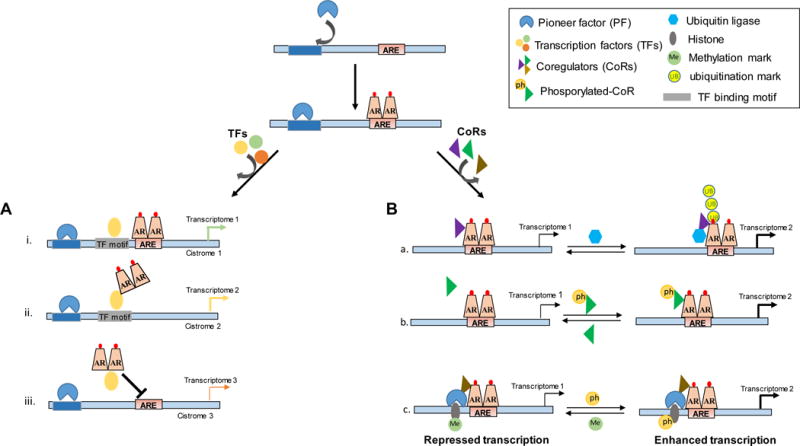Figure 3. Schematic depiction of some of the mechanisms by which pioneer transcription factors, other transcription factors and coregulators selectively contribute to AR-dependent transcription.

Top panel, pioneer factor opens up the chromatin environment to facilitate AR–ARE interactions and subsequent recruitment of other components of the AR transcriptional complex. Recruited components include other transcription factors (TFs) (A) and coregulators (B). A. Schematic representation of the manner in which a single TF (e.g. HoxB13) either increases (i. and ii.) or decreases (iii.) androgen regulation of select AR target genes. B) Schematic representation of the mechanisms which coregulators selectively control portions of AR’s transcriptional output. Coregulators can enhance the transcriptional activity of AR by degrading a transcriptionally-inactive pool of AR (Siah2, a), bind to AR only when it has undergone a specific post-translational modification (ph-Ezh2, b) and c) bind at specific AREs guided by histone modification patterns to act as coactivator or corepressor (LSD-1, c).
